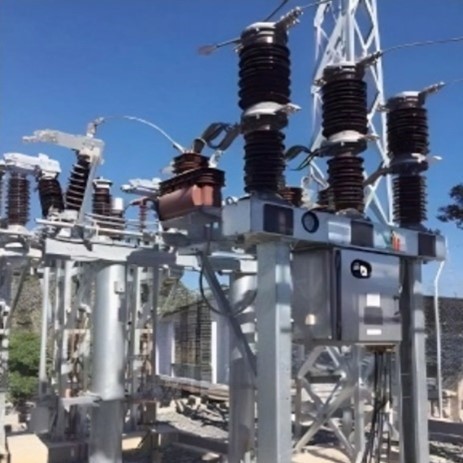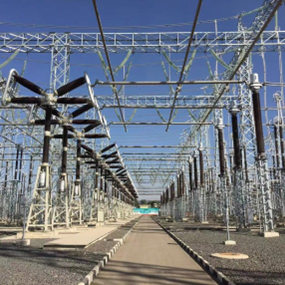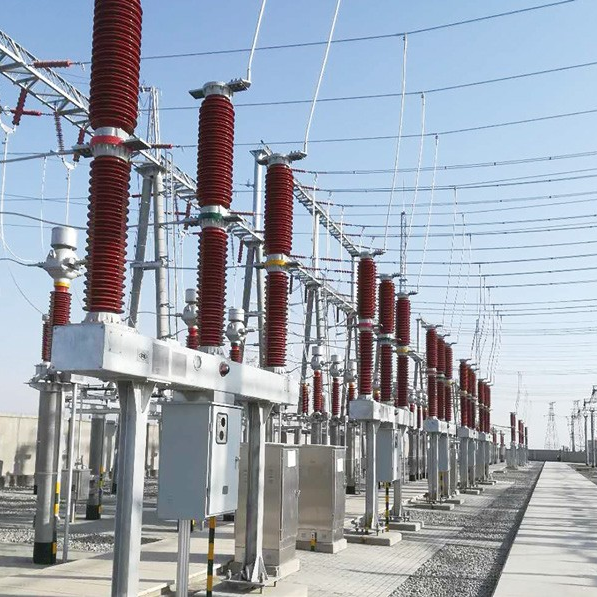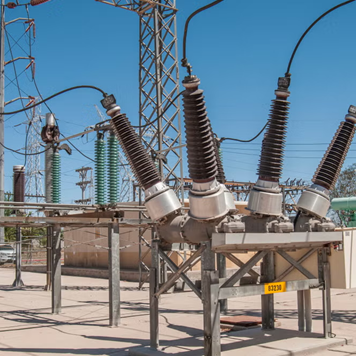SF6 Circuit Breaker Solutions for Rural Power Grids in Africa by ROCKWIL
05/12/2025
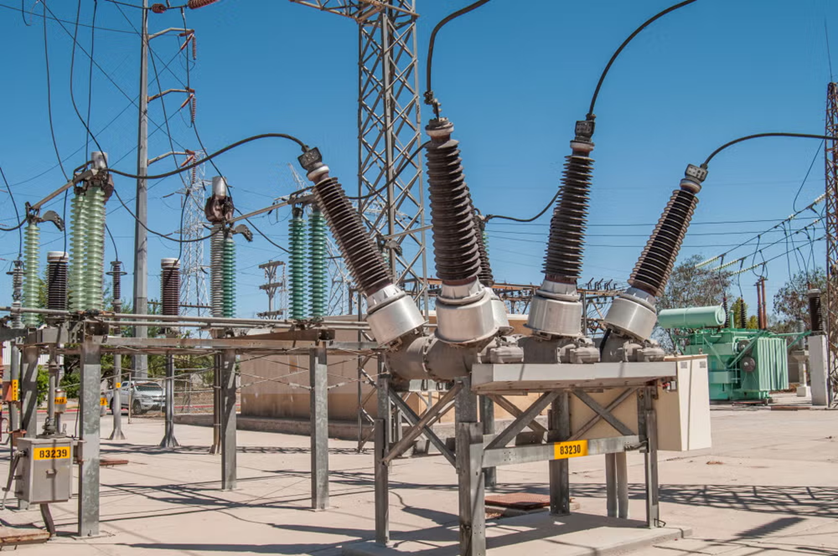
I. Core Challenges in African Rural Power Grids
- Low Electrification Rate and High Costs
Sub-Saharan Africa has less than 10% rural electrification, leaving 600 million people without stable power. Traditional grid expansion requires long-distance transmission lines and large substations, but sparse populations and complex geography (e.g., high-altitude regions, deserts) lead to soaring construction costs and prolonged timelines. - Poor Environmental Adaptability and Short Equipment Lifespan
Existing grid equipment is vulnerable to extreme climates (sandstorms, high temperatures, salt corrosion). For example, droughts in Zambia caused hydropower failures, while diesel generator maintenance costs reached USD 0.3/kWh. - Over-Reliance on Single Energy Sources and Lack of Maintenance Capacity
Rural areas depend heavily on hydropower (over 35%) and diesel generation, but climate change exacerbates instability. Traditional oil-immersed circuit breakers require frequent maintenance, yet local technical expertise is scarce, leading to prolonged repair cycles.
II. ROCKWILL's SF6 Circuit Breaker Solutions
- High Environmental Adaptability and Compact Design
• Extreme Climate Resistance: Fully enclosed SF6 gas-insulated (GIS) design with IP5XW protection, suitable for Sahara Desert peripheries and coastal areas.
• High-Altitude Compatibility: Supports deployment at 3,000 meters (e.g., LW36-126 circuit breaker for Ethiopian highlands).
• Modular Rapid Installation: Pre-assembled design reduces on-site work, improving efficiency by 70%. - Low Maintenance and Long Service Life
• Self-Extinguishing Arc and Maintenance-Free Operation: SF6 gas offers 100x higher arc-quenching capacity than air, with minimal contact wear and maintenance intervals of 10–20 years.
• Smart Monitoring System: Laser sensors detect SF6 leakage (1% FS accuracy) and density changes, triggering alarms or lockouts to prevent faults. - Renewable Energy Integration and Microgrid Compatibility
• Hybrid Solar-Storage-Diesel-SF6 Systems: Seamless integration with PV and storage (e.g., Zambia mining project: 27.5MW solar-storage system with 99.9% reliability).
• Low-Energy Control Technology: Miniature spring operating mechanisms (30W power consumption) adapt to low-power rural grids.
III. Outcomes and Comprehensive Benefits
- Enhanced Power Reliability and Safety
• Reduced Failure Rate: SF6 circuit breakers experience <0.5 failures/year. In South African pilot projects, daily outages dropped from 12 hours to <2 hours.
• Safety and Environmental Protection: Enclosed structure eliminates electrocution risks; zero-leakage design (0.5MPa pressure) prevents toxic byproducts (e.g., SO2). - Lifecycle Cost Optimization
• Lower Initial Investment: Compact design saves 30% on land and steel. For example, LW35-126 models use only 19.3kg SF6 gas per unit (vs. 27kg for competitors).
• Reduced O&M Costs: Maintenance-free operation cuts lifecycle costs by 40% and diesel dependency by 50%. - Environmental and Sustainability Benefits
• Carbon Reduction: Each system reduces CO₂ by ~200 tons annually, supporting Africa's leapfrogging to green electrification.
• Renewable Energy Expansion: Compatible with Africa's solar potential (3,700x current demand), enabling rural microgrid scaling.

